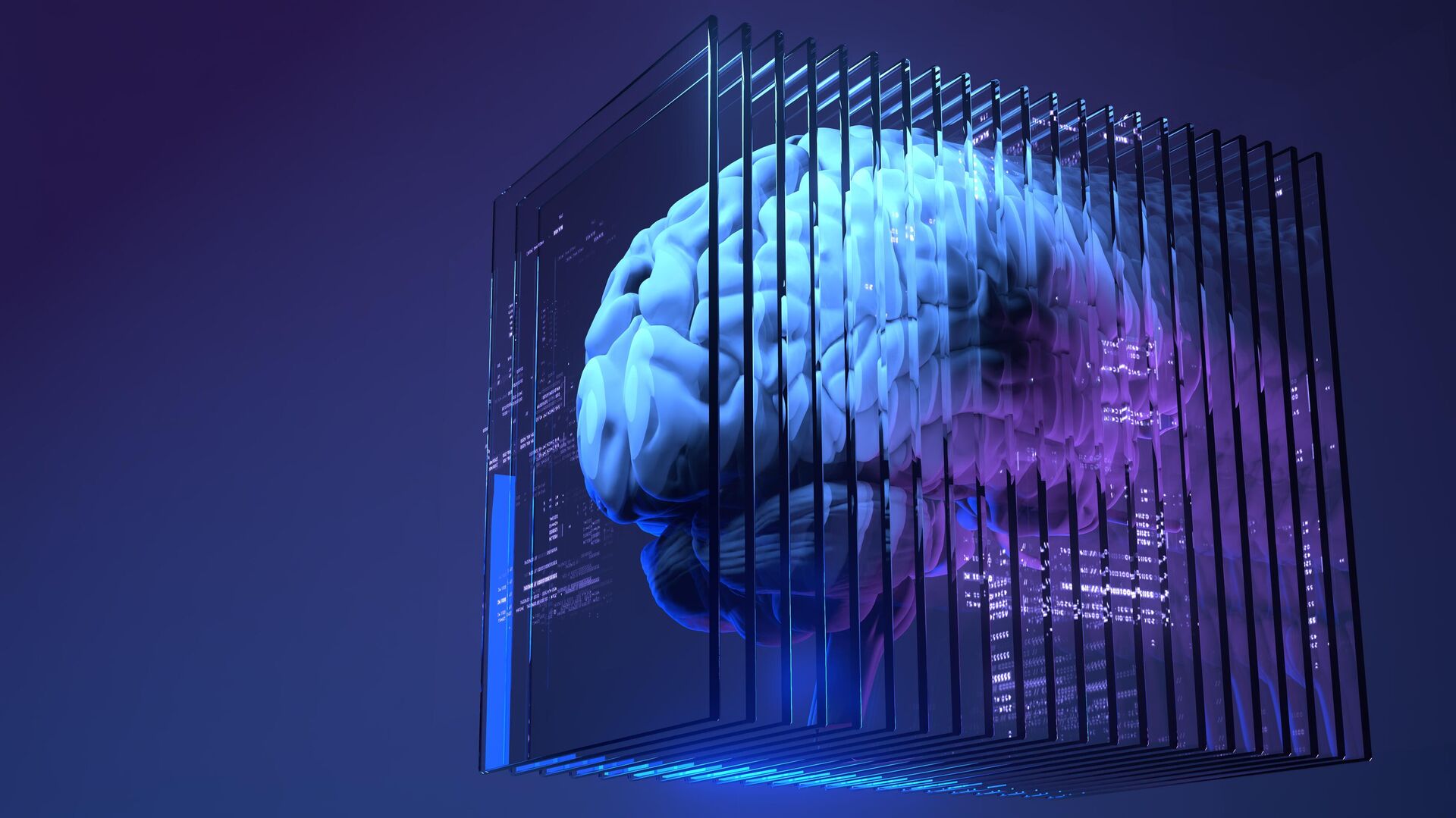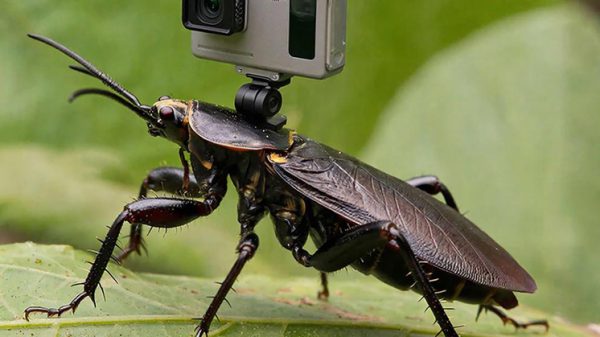
MOSCOW, January 11, Vladislav Strekopytov. In the USA, a hybrid processor was created from electronic components and a brain organoid grown from human stem cells. The system is capable of speech recognition and solving nonlinear equations. Biocomputers have been developed for about twenty years, and this is the first real result.
By the principle of the brain
The human brain contains about 86 billion neurons and up to a quadrillion synapses. Each cell is connected to thousands of others, constantly responding to incoming signals and interacting with each other. The most modern processors are still able to recreate only a small part of this unique natural system.
In 2018, Chinese scientists simulated just one second of activity of one percent of the brain — using the fastest supercomputer at that time, Sunway Taihulight. This took a machine with 10.5 million processor cores four minutes to complete, despite occupying 1,000 square meters and consuming 16 megawatts of energy. For comparison, a human brain with a volume of about two liters requires less energy than a regular light bulb.
Machine learning algorithms and artificial neural network models are constantly becoming more complex. And the key factors determining the pace of technological progress are productivity and energy efficiency.
Modern computer technologies are developing in two main directions: logical and neuromorphic. The first is focused on creating increasingly powerful and productive machines built according to traditional principles. The second is to develop computer systems that imitate the functioning of the human brain, and ultimately to create its artificial analogue.
One of the secrets of the effectiveness of the brain is that its cells — neurons — simultaneously perform the functions of a processor and a memory device. And in most modern computing devices these two functional blocks are separated.
Neuromorphic processors are built on the principle of interaction between neurons. The basis is computational cores united in neural networks, consisting, as a rule, of ordinary transistors. Each core, operating as several hundred neurons, has its own SRAM, a job scheduler, and a router for communicating with other cores. A neuromorphic processor integrated circuit may contain thousands of such cores.
For example, Cerebras' experimental CS-1 superprocessor contains 1.2 trillion transistors organized into 400 thousand computing cores with 18 gigabytes of local distributed SRAM memory. The cores are fully programmable and optimized to work with any neural networks. The overall system performance is 100 petabits per second.
Neuromorphic devices are used for computer vision, voice recognition systems, automatic text processing, search engines and other applications that require machine learning, including neural networks. Without them, it is impossible to imagine the development of unmanned technologies and industrial robotics.
A separate direction in the development of AI is neurohybrid systems that combine artificial and natural neural networks. The neuromorphic chips in them are connected to living nerve cells.
Neurohybrid systems have been actively researched since the early 2000s, when the first experiments were conducted on training a neuronal culture—a network of tens of thousands of living neurons grown in vitro. Then models of combining culture with virtual and then real processors began to appear. So far, the main area of application of such systems is neuroprosthetics and the creation of biosensors. But in the future they may become the basis of a new generation of computer technologies.
Processor from living cells
All forms of life, from individual cells receiving chemical signals to complex organisms moving through their environment, process information. Scientists are trying to combine «living» processors with electronic circuits to create biocomputers — high-performance intelligent machines that run on a small amount of energy.
Last year, American scientists led by Thomas Hartung from Johns Hopkins University presented a new vision of the development of neurohybrid systems, which they called the concept of “organoid intelligence.” Unlike the AI approach, in which they try to make a computer more similar to the human brain, here they propose to use the brain cells themselves as computing elements, placing them on a processor board.
Recently, another group of American specialists led by an engineer Feng Guo of Indiana University Bloomington said she created a bioprocessor based on this principle and successfully tested it on tasks such as speech recognition and predicting solutions to nonlinear equations.
The system, called Brainoware, is a chip-connected “mini-brain”—an organelle of neurons grown from human pluripotent stem cells. The researchers placed a piece of cultured neural tissue on a plate with thousands of electrodes connecting input and output devices, which they used conventional computers.
Scientists have proven that Brainoware can work as a neuroprocessor — receive, remember and process information. The organoid's neural network is capable of converting sounds into a set of electrical signals. If you place a sensor at the output that decodes them using machine learning algorithms, you will get a ready-made speech recognition system.
Biocomputer capabilities
To demonstrate the potential of the Brainoware system, the researchers presented it with 240 audio recordings made by eight Japanese-speaking men. After two days of training, Brainoware identified a specific person's voice with 78 percent accuracy. Scientists note that this is a very good result for the first experience of a fundamentally new computer technology. Existing speech recognition systems using artificial neural network algorithms have higher accuracy. But they require an order of magnitude longer to train.
Another area in which the authors tested their invention is reservoir computing, used to predict dynamic systems. This is one of the most complex areas of applied mathematics, which only neural networks can handle.
In particular, the researchers asked Brainoware to calculate the Hainault map, one of the most studied dynamical systems that exhibit chaotic behavior and are described using nonlinear equations. After four days of self-learning without human intervention, the biocomputer was able to predict the behavior of the system with greater accuracy than an artificial neural network working only with a short-term memory block.
“Due to the high plasticity and adaptability of the organoid, Brainoware can change and reorganize in response to electrical stimulation, which demonstrates its ability to perform reservoir computing,” write the authors of the article.
Researchers emphasize that the human brain functions in a similar way. It is not configured in advance to solve any specific problem. But thanks to plasticity and adaptability — the main features that distinguish it from a machine — it is absolutely universal and can be used in any situation.
So far, scientists have managed to create a prototype, albeit a key one, but only one of the elements of the future biocomputer. It will take years, perhaps decades, to develop a full-fledged system, the authors note. At the same time, in addition to solving purely technological problems, it is necessary to find answers to ethical questions. The use of living human nervous tissue in industrial products will most likely require the adoption of special regulations.





















































Свежие комментарии